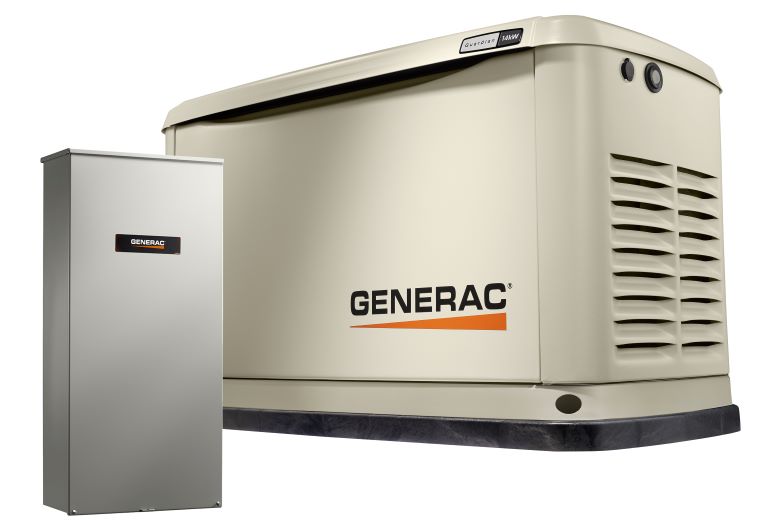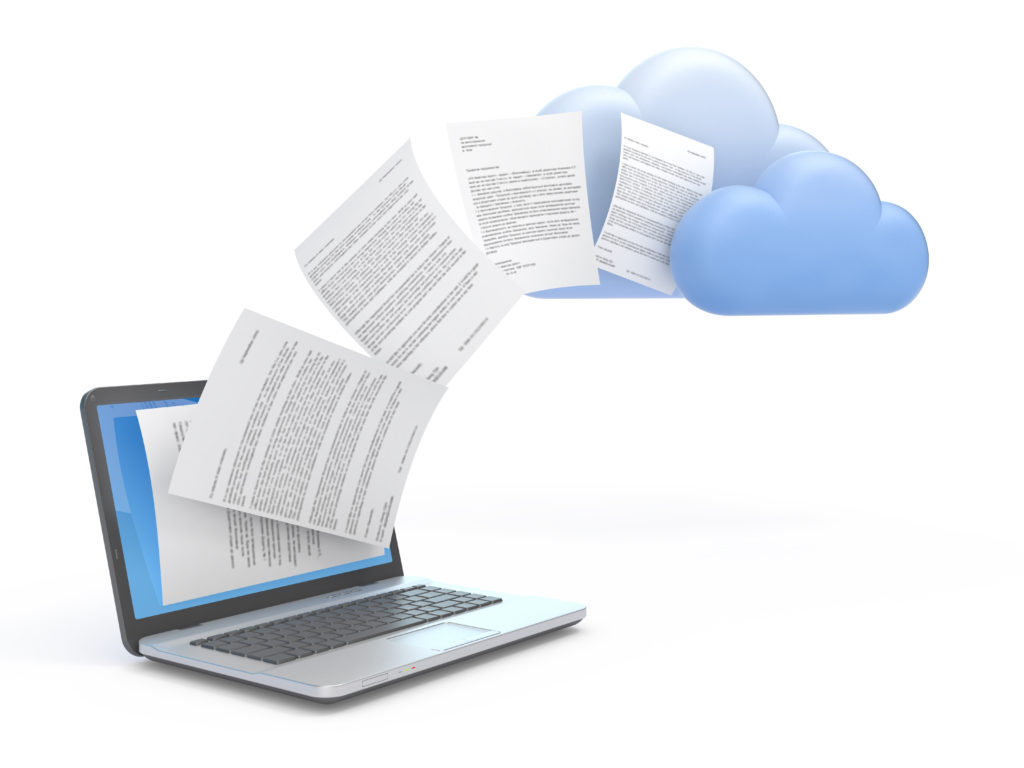Planning for a weather disaster is no fun at all. Yet, when the winter storm hit last month Texas businesses that did have a disaster recovery plan were much better able to preserve their revenue streams and reputations. Many of those that did not…failed.
Having no plan meant many companies suffered both short-term financial and long-term reputational damage. Amazingly, Insureon states, “61% of small business owners don’t have a formal disaster recovery plan and 60% lack business interruption insurance.” According to The Red Cross, major natural disasters such as earthquakes and floods cause 40% of small businesses to shut down permanently.
It seems that weather disasters have been more common in recent years. Many of our customers have had to recover from hurricanes, winter storms, and the like in the last 20 years. Some were well-prepared, others were not. Here are some tips to help preserve business continuity should the worst happen.
Generators!
Power outages are usually the most common impact of a weather disaster. We are all hooked on computers and internet services to some degree. Without power, we are dead in the water. One of the best investments you can make is in a generator, fueled by natural gas or propane. If you rent office space, this might be difficult – so invest in a home generator like Generac. It may cost $3000 – $6000 depending on the kilowatts you need, but when the power is out you’ll be able to work from your home office.
We have a 14kw home office Generac, which has kicked in a few times over the past 10 years. Once, it ran for 2+ days before power was restored to our neighborhood. We continued our work, phone calls, and our other duties as though nothing had happened. Generators = money well spent.
Cell Towers and Cell Phones
Internet glitches can be caused by power outages obviously, but can occur for other reasons. Cellular networks were designed to be very robust, with clusters of cells that overlap and so an outage with one tower can be covered by another one nearby. If you have a VOIP phone system – and most companies do these days – you should be able to set up call forwarding. We do this at Cornerstone – inbound calls ring both to our VOIP phones and to our cell phones. This is set up in our VOIP company’s cloud system, so would not likely be impacted by weather-related outages. Cell towers usually have generator backups as well. So if your local internet is down, you can still receive and make calls using your cell phone, and you’ll be able to support customers and at least appear to be in “business as usual” mode.
Cloud Systems
Cornerstone’s cloud system, like nearly all cloud systems, is hosted in a generator-backed data center, with multiple high speed internet connections to create redundancy. Our dealers in Houston and Florida that have been impacted by hurricanes could STILL log into our cloud and do their work, provided they had local cell reception. While it can be a little tougher to work quickly on small-screen cellphones, it’s a good workaround when a disaster hits.
Backups, Redundancy & Cloud Services
We all know how critical it is to have backups of our data, and / or work with cloud service providers that have built in data redundancy. Nearly all security alarm companies outsource their monitoring to a third-party central station. In order to compete, all the large central stations have built redundancy into their services. Usually, this is in the form of multiple monitoring centers in different parts of the country, which enables remote backup and usually the ability to switch over to one of the other centers if there’s a problem with one.
Likewise, at Cornerstone we have 3 server farms:
- Production servers – where our customers log in daily
- Development servers – where we develop software features and test prior to rollout
- Disaster recovery (DR) servers – where we back up production data several times daily
Our disaster recovery servers are about 800 miles and 4 states away from our production servers. All server farms are backed up daily using the popular VEEAM backup suite. We have a disaster recovery plan that involves a quick switchover from our production servers to our DR servers.
Multiple Data Storage Locations
Even so, IF power is out and there’s no cell reception, your team should have some simple local backups in place to allow you to at least access your customers information and store your appointment calendar. Several of our company owners send themselves a complete customer list report (Excel format) and store the information on a local network if a disaster takes out the internet. Similarly, you can set up weekly or daily emailing of your appointment calendar – service tickets and appointments – to technicians and/or your operations team. These can then be saved to a local device like a phone or computer. You can even print out hard copies of appointments weekly, to give yourself a paper copy. This is certainly old school, but nothing wrong with that if you’re in disaster recover mode.
Cloud Backup Options
The big tech companies all give you cloud storage options. You can use Microsoft’s OneDrive, Amazon Drive, Google Drive, and document management specialists like DropBox. Cornerstone integrates with DropBox and OneDrive, and we have our own FTP storage option. These are inexpensive ways to save all your key data, in the event there’s a flood, fire or other disaster locally.
Who Does What?
The main thing – and perhaps the hardest thing – is to designate someone in your company to take ownership of creating, testing, and maintaining a disaster recovery plan. You need to put it in writing, and assign roles to everyone. But someone should have ownership, and should be updating the plan at least yearly. If possible – test it. Shut off power, and see how the workarounds function.
These are not fun to develop—but if and when you need them, they are truly invaluable. They can be the difference between surviving or failing.
Cornerstone Billing Solutions is the leading provider of comprehensive billing services and powerful account management software for security alarm dealers nationwide. Call us at 224-577-1197 to learn how Cornerstone’s affordable and time-saving billing services, superior dealer support, and specialized, cloud-based software can help your business improve efficiency and profitability.


